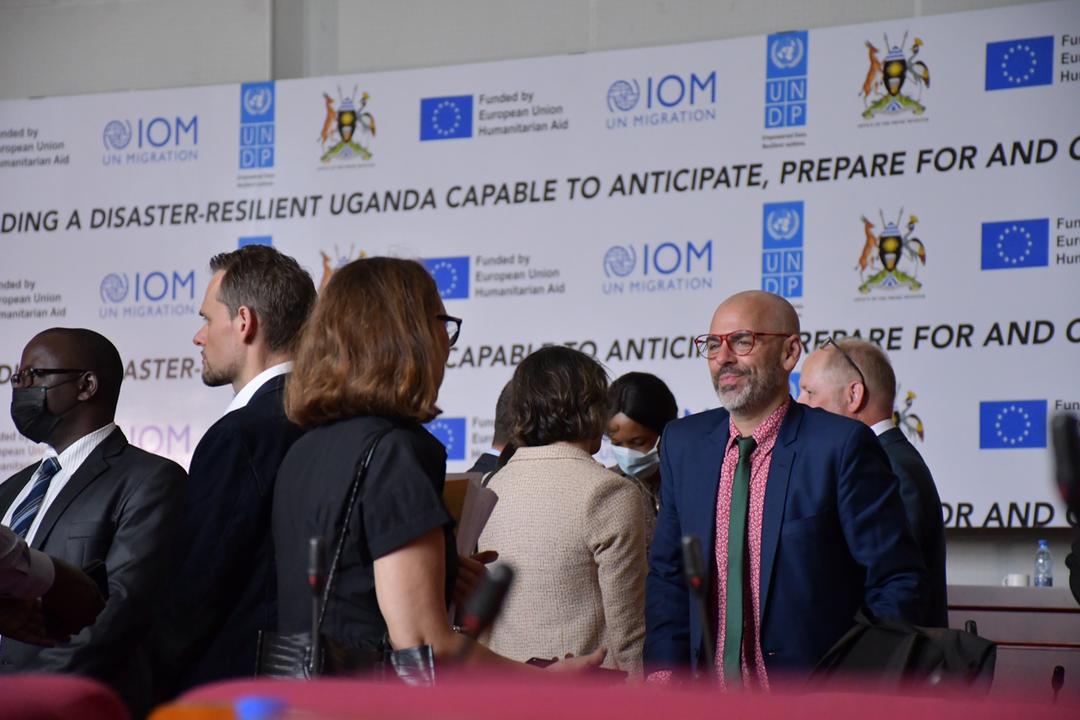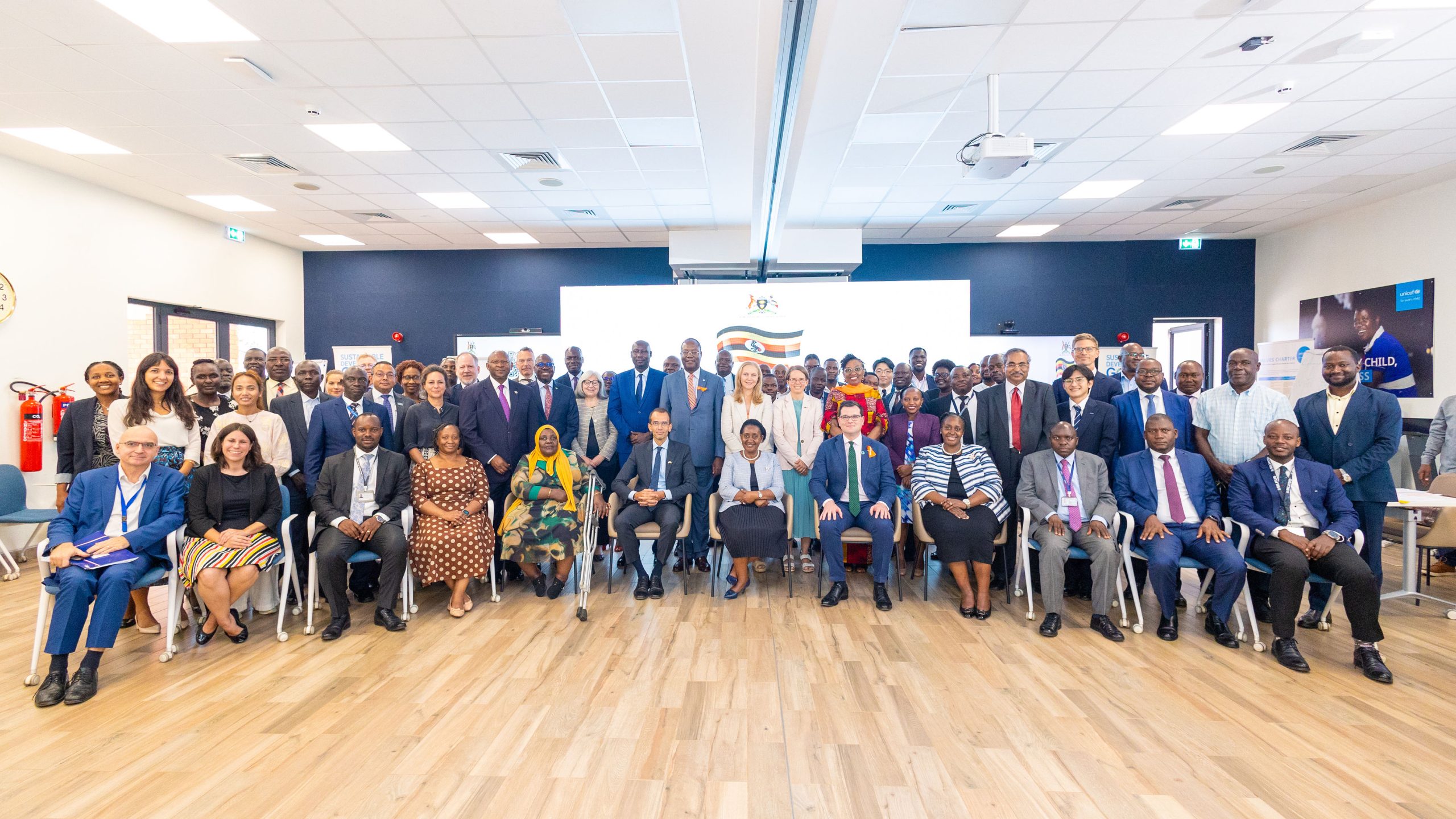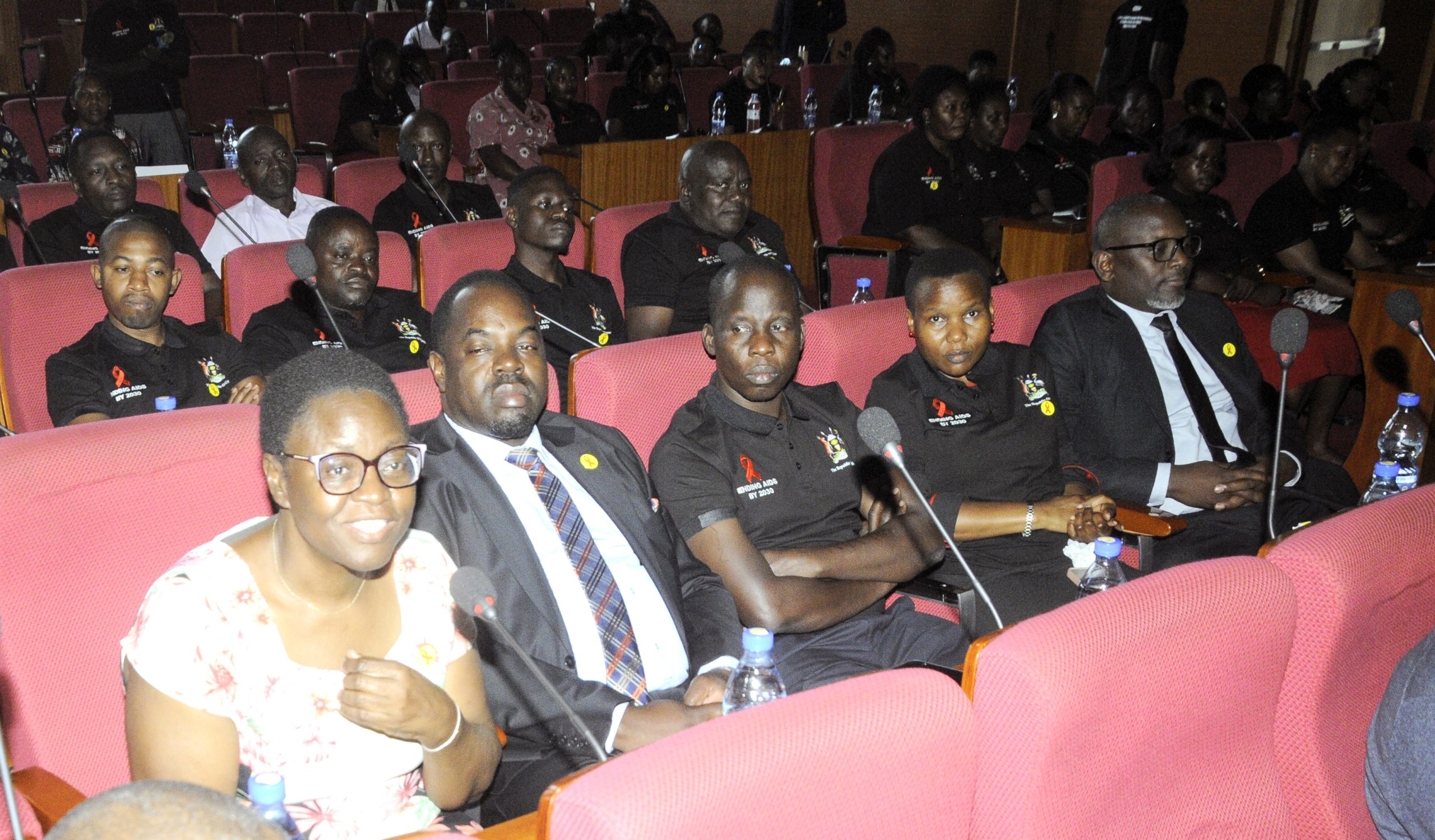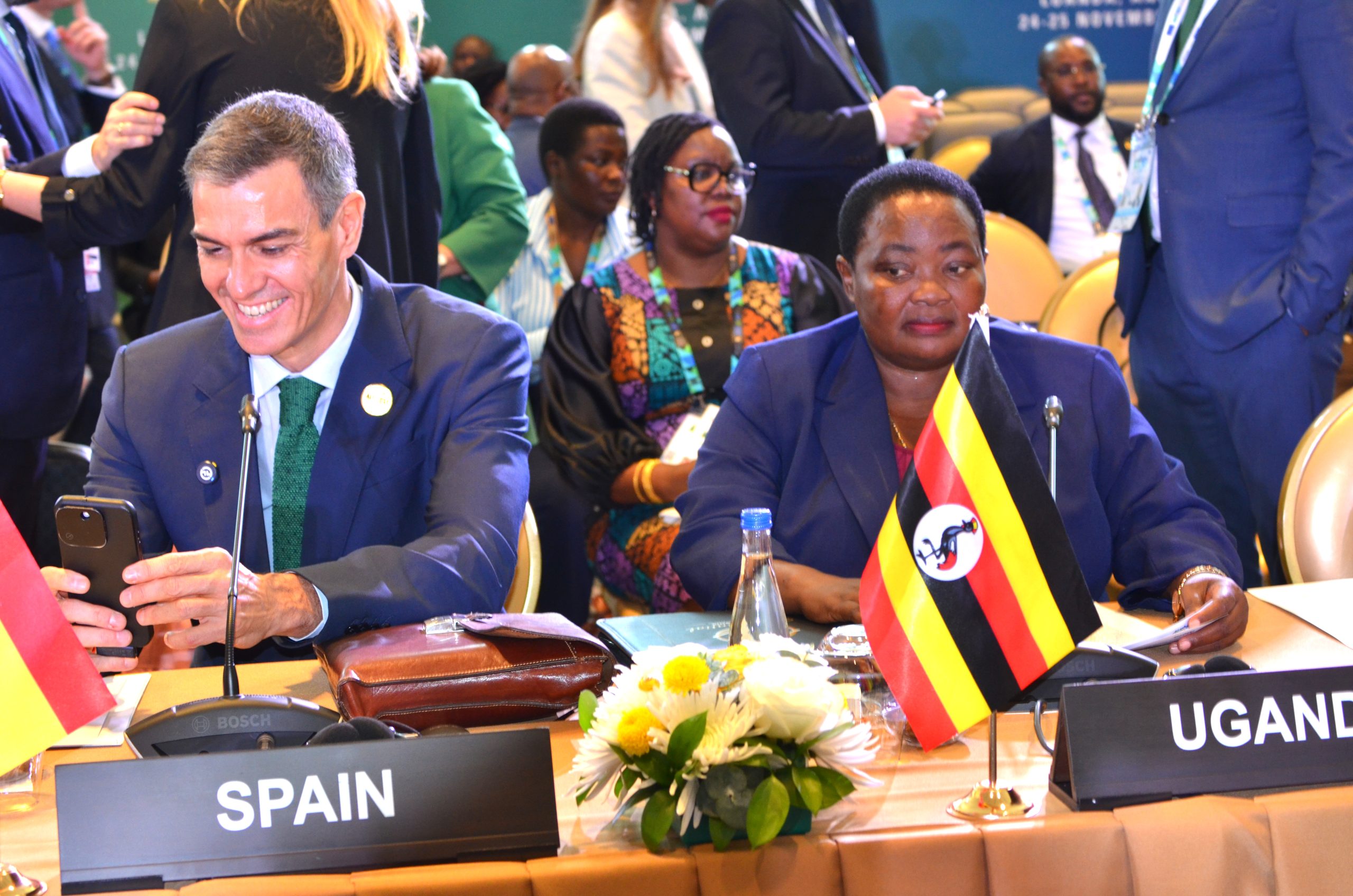By: Joyce Babirye and Kisiriko Vincent
The Statistical Disaster Monitoring Network ranks Uganda 15th in the world and first in Africa for disasters. This is due to the enormous disasters the country has experienced in the last two decades. This phenomenon is exhibited in mudslides, landslides, flooding, storms, fires, earthquakes and droughts. Kampala, Northeastern and Western part of the country are the most disaster-prone areas.
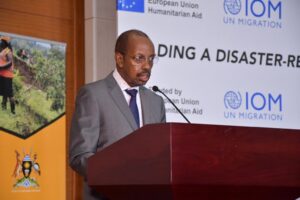
PS Keith Muhakanizi speaking at the donor Conference
Government has since embarked on structuring a robust disaster anticipation, resilience and preparation strategy to cope with the emerging disasters across the country. Government plans to educate the public about disaster risks, hazards and vulnerabilities, strengthening disaster risk coordination and governance, integrate districts in the national disaster response, increase resilience to emerging disaster risks such as COVID-19 and other pandemics, strengthen scientific and technological capabilities among other interventions.
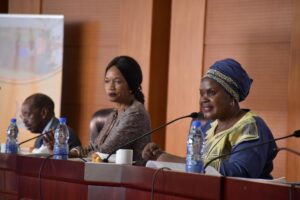
Third Deputy Prime Minister Rukia Nakadama (extreme right) launching the Donor Conference
The Third Deputy Prime Minister Rt.Hon. Rukia Nakadama while launching the resource mobilisation drive for the National Disaster Risk Management Plan revealed that “Government is speeding up the adoption of technologies such as early warning systems, detection technologies and other initiatives to ensure that people in disaster-prone areas get timely information on emerging disasters and take action to save their lives and livelihoods.”
Rt. Hon. Rukia Nakadama confirmed Government’s initial commitment of Fifty million US Dollars (USD 50M) as agreed by cabinet to kick start the fundraising efforts and called upon other international Humanitarian and Development Agencies under the United Nations to join this effort.

Minister for General Duties, Rt. Hon. Kasule Lumumba speaking to the press at the Donor Conference
The Minister for General Duties, Office of the Prime Minister, Rt. Hon. Kasule Lumumba advised public officers to pay attention to key aspects of the disaster response plan. This will enable you to know which areas are prone to disasters and use the proposed technologies like the early warning signs to form resilience, she said. She also added her voice in mobilizing the donor community to aid Uganda’s ten-year National Disaster Risk Management plan.
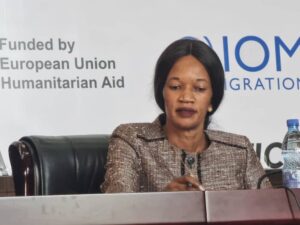
State Minister, Esther Davinia Anyakun during the donor Conference
The Minister of State for Relief, Disaster Preparedness and Management, Hon. Esther Davinia Anyakun noted that the Disaster Risk Management Plan as drawn by government is comprehensive enough to address the current challenges facing the population. If it is funded appropriately, it will address this problem.
On his part, the Permanent Secretary, Office of the Prime Minister, Keith Muhakanizi highlighted the need to segment the short-, medium- and long-term interventions of this plan. As resource mobilization strategies intensify, communities should be empowered to form resilience against the merging disasters at the end of the day.
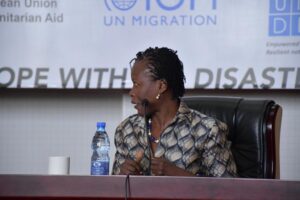
UN Resident Coordinator in Uganda speaking at the Donor Conference
On the side of the Donors, Susan Ngongi Namondo the UN Resident Coordinator in Uganda, said that “The donor community in Uganda is ready to support Uganda’s Disaster response initiatives but government has to be more specific on areas where they need support.”
The Secretary General of Uganda Red Cross Society, Robert Kwesiga reiterated their commitment to support the plan through their auxiliary role to government in emergency response and increasing capacity of community resilience to disasters.
The donor conference took place on 21st September 2022, in the Office of the President’s Conference Hall.
End
